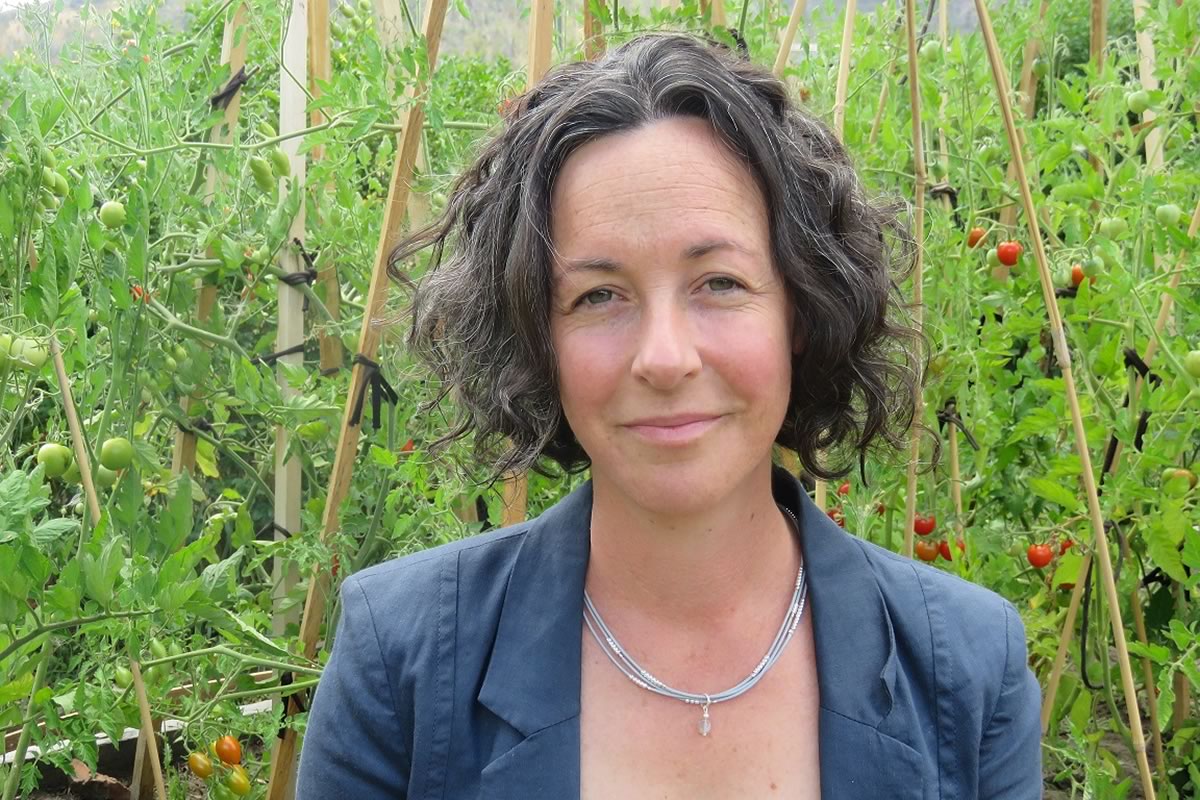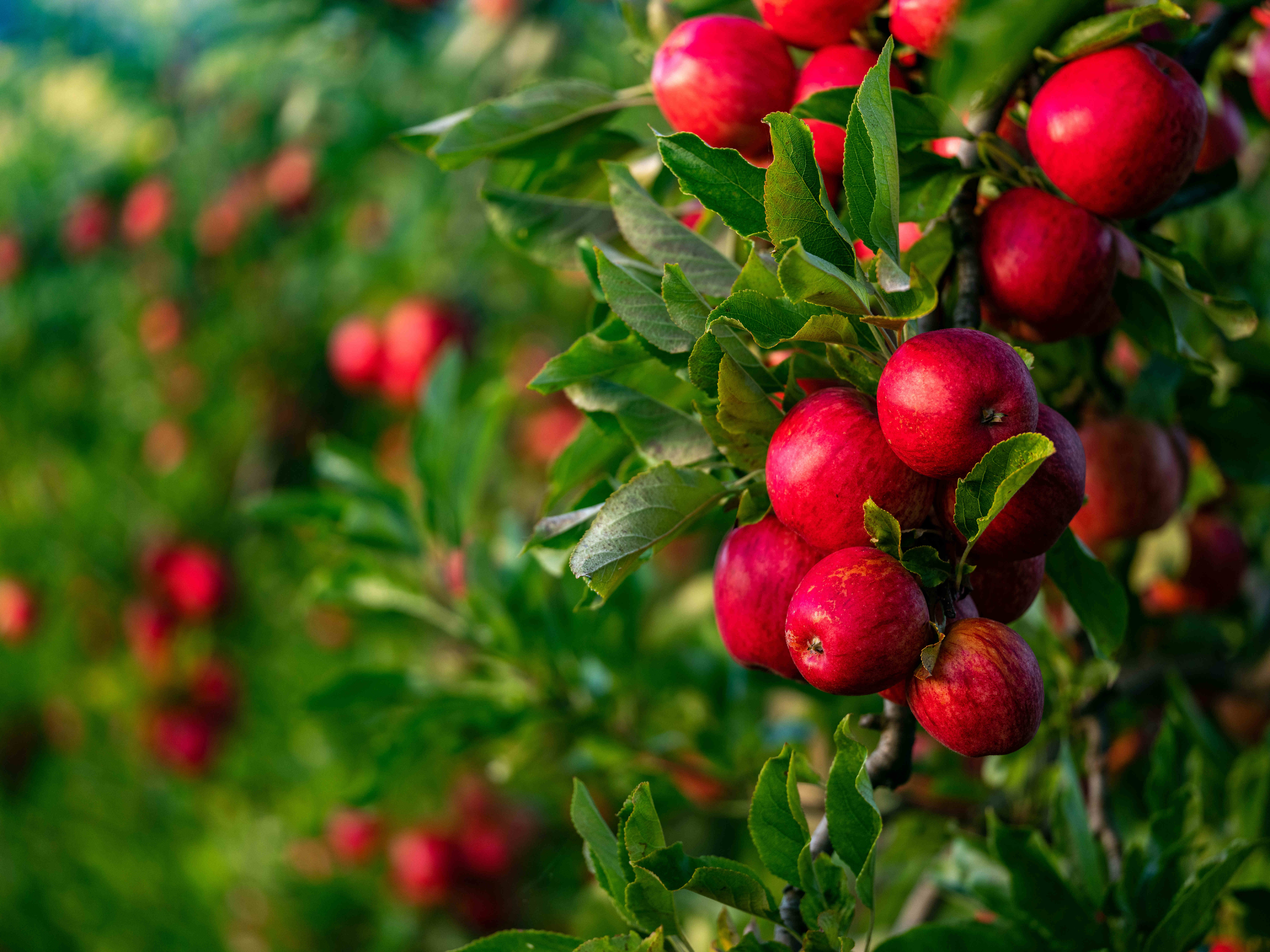Cherry symptoms challenge experts
Fruit Growers Tasmania | Monday, 10 December 2018, 6.25pm

John and Peter Woodhouse noticed there was something wrong with their Kings Rock Cherries during pruning. Many of the flowers had blight symptoms and in the next few days, branch canker symptoms appeared on their Simone and Lapins cherries. During early November, many fruit had small sunken black spots despite a comprehensive fungicide program. In some rows, almost all fruit had the disfiguring symptoms.
Agronomist Peter Morrison (Roberts Ltd) was puzzled but thought there was a link to a frost event in the early season. Dean Metcalf and DPIPWE both diagnosed the spots as infections of Monilinia rot, thankfully ruling out any biosecurity threat. Everyone concluded that this symptom on green fruit had never been seen before on this scale.
Dr Karen Barry from the Tasmanian Institute of Agriculture (TIA) was called in to apply her cherry rot and fungal expertise to this new problem. Karen met with the growers, consulted with other industry experts and collected samples to piece together the combination of factors that led to these potentially volatile symptoms.
On October 5, John and Peter fired up their overhead irrigation to protect the cherry crop from a potentially damaging frost event.
The symptoms that followed on the developing fruit are known as ‘quiescent’ infections. These infections are visible but not being totally restricted by the defences in the green fruit. Monilinia (brown rot) fungus is the key suspect for these initial infections. Karen sampled 180 fruit from the orchard and subjected them to a “rapid incubation test” to uncover pathogens inside the fruit. Only 8% of the fruit tested positive to Monilinia, and so it is likely that the spots on the other 92% of fruit are no longer viable fungal infections.
Karen explained that fungal infection can occur in any orchard when the right conditions combine.
“Despite the orchard being considered one of the cleanest for inoculum in the state, we think that daytime temperatures following this overhead irrigation may have provided the ideal conditions for fungal infection,” she said. "The links between host fruit, pathogen and environmental conditions are pivotal to disease infection, and these form the basis of TIA's Cherry Rot Risk Tool."
Now that the pathogen has been identified, Karen said the challenge is to protect the remaining crop that remains unaffected, as even a small number of fruit which produce spores can present a high risk as fruit mature.
“Warm humid conditions could allow these ‘sleeping’ infections to develop as the fruit ripen and infect the remaining healthy crop. Fruit thinning in the worst affected rows, followed by best practice disease management are practical ways for John and Peter to reduce this potential inoculum. Mulching the pruned fruit and applying urea to help decompose fruit on the orchard floor can also help,” she said.
